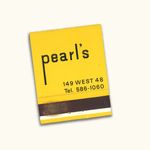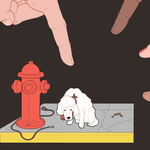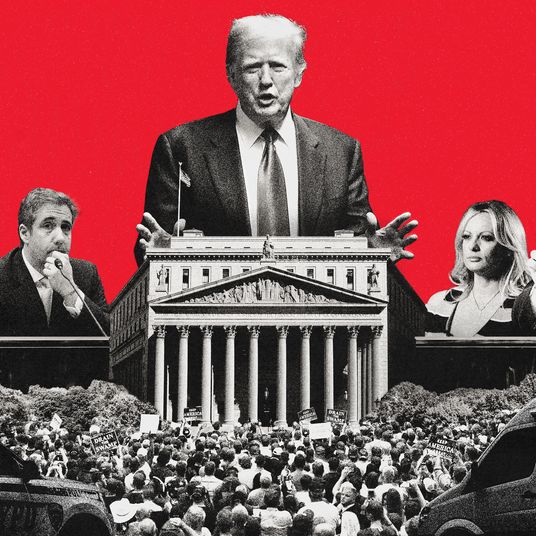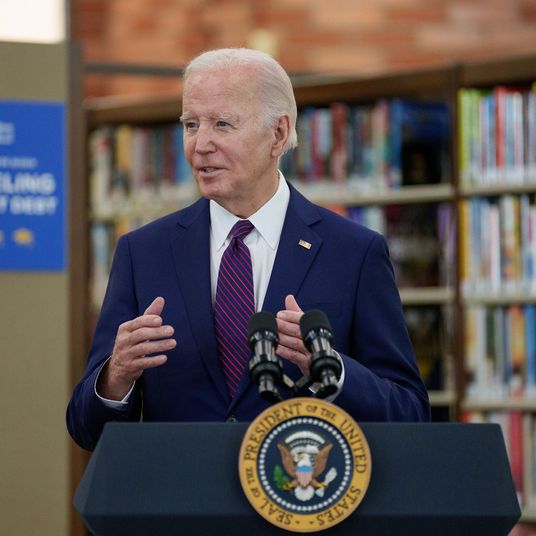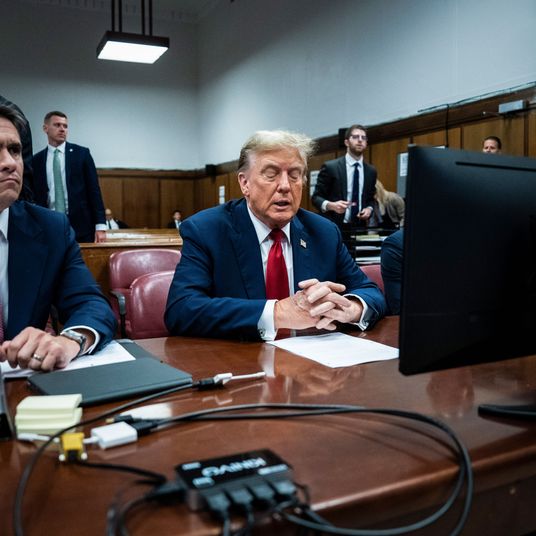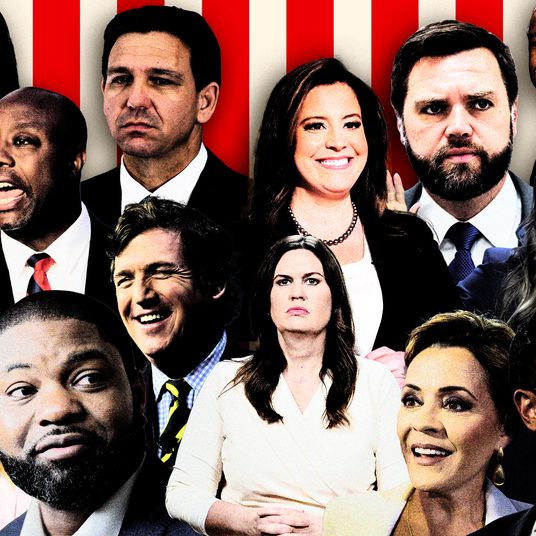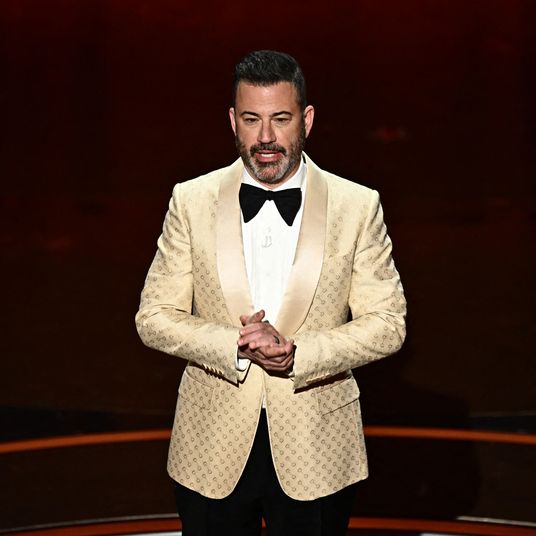
Rebelling against the aspirational Zeitgeist of Esquire and GQ — which feature cars the reader could never afford, clothes they would never wear, and women they’d never get close to without instigating a restraining order — Maxim and its followers told guys it was okay for them to be themselves: ADD-addled, gizmo-happy, poorly dressed, and horny. Moreover, these magazines weren’t driven by the supposed genius of celebrity editors like Tina Brown or Art Cooper; a factory-like guiding philosophy, instead, mixed prescribed amounts of cheesecake, jokes, and actually pretty decent service — and quickly drew millions of readers and the attention of executives at Time Inc and Condé Nast and Hearst. “The lesson was not lost on us,” says Esquire editor-in-chief David Granger, who said he laddied up his title to counter the threat.
Soon enough the crowd at Michael’s was bringing the rebels inside. Former Maxim editor Mark Golin edited one of the many incarnations of Details. Hugh Hefner put another Maxim vet, James Kaminsky, in charge of Playboy. And Ed Needham, the first editor of the U.S. FHM, was briefly allowed to serve as Jann Wenner’s puppet-editor at Rolling Stone. “There was a point where the 17- to- 25-year-old had to pick up the new issue of Maxim,” recalls Kaminsky, now deputy managing editor at Rolling Stone. Not so much anymore: Either readers are growing bored or the lad formula was absorbed into the mainstream, and the mags’ readerships are declining. And the Establishment isn’t averse to kicking them while they’re down. “At some point,” Granger gloats, “you have to put away childish things.
—Sridhar Pappu


